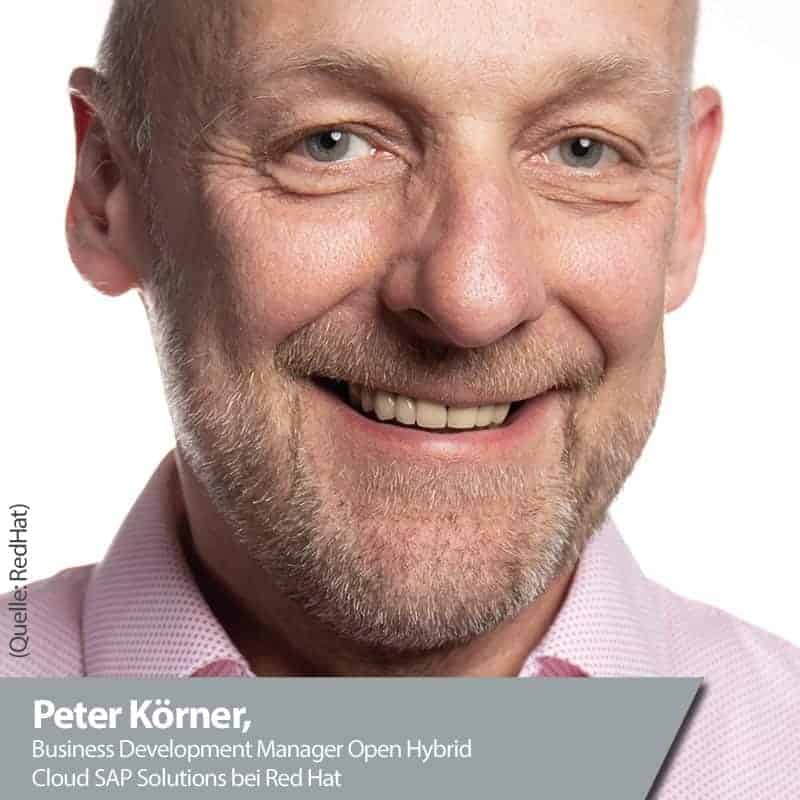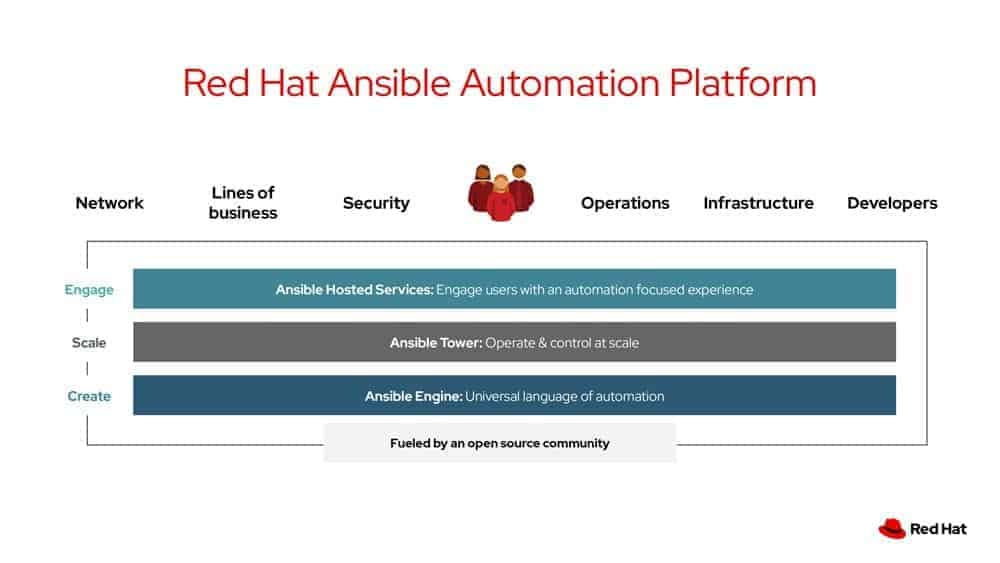Quo vadis SAP Automation? A case for Ansible
![[shutterstock.com: 1670683531, Kaikoro]](https://e3mag.com/wp-content/uploads/2020/08/shutterstock_1670683531.jpg)

SAP users face a variety of challenges, quite apart from migrating existing databases to SAP Hana and existing applications to SAP S/4 Hana. Above all, they must consistently drive modernization forward, certainly also in the direction of SAP's vision of the intelligent enterprise. This is aimed at automating business processes, introducing new business models quickly and flexibly, and ultimately establishing intelligent end-to-end workflows.
Companies should also significantly increase the speed of application development. A project duration of one year from the idea to the developed application with costs amounting to several million euros is hardly feasible anymore. Instead, the motto is: from idea to production in just one day.
Likewise, SAP users must take into account that a time of data-driven transformation and modernization has dawned. This is by no means just about SAP systems; non-SAP environments are also part of an overall strategy for optimizing the process landscape.
Automation is a must
These challenges can only be met with consistent automation, from provisioning to maintenance and care to the operation of a complete IT stack in the context of an end-to-end process.
And this is where automation with Ansible, which is now one of the most important open source projects in the IT sector, comes into play more and more often. For enterprise use, however, an enterprise solution with support must be used, since critical areas are also automated. Red Hat offers such a solution with Red Hat Ansible Automation Platform.
In principle, Ansible can be used to automate processes across servers, storage devices, network devices, services, containers and clouds, for example with regard to provisioning, configuration management, application deployment or orchestration. Specifically, Ansible brings together disparate playbooks and roles into one workflow. In this way, each IT area can contribute its competencies to corresponding playbooks, which are then integrated into complex processes.
The use of Ansible offers companies the possibility to automate the entire IT landscape with a single tool. The Red Hat Ansible Automation Platform solution, for example, can be easily integrated with existing tools and processes using RESTful APIs and a self-service portal, making it suitable for end-to-end deployment across the enterprise.
Related to the SAP landscape, Ansible enables fast, efficient, and reliable provisioning and management of SAP workloads. This reduces administration effort, eliminates potential sources of human error, eliminates repetitive manual tasks, and realizes a more consistent and stable infrastructure. Ultimately, automated workflow management also contributes to significant cost savings.

SAP and Ansible:The development progresses
Ansible has already proven itself in the SAP environment for some time, for example in the automation of Hana deployments and configurations. The time-consuming and complex standard Hana installation process is significantly optimized by automation using Ansible; the duration for setting up a Hana system can thus be reduced from days to minutes. Ansible fully automates the following steps: OS configuration, Hana installation and configuration, validation, and customization.
But development has not stood still. A lot has happened in the meantime. For example, Ansible now supports SAP users in hybrid cloud deployments, that is, in the automated provisioning and management of traditional and new containerized SAP workloads as well as non-SAP applications in hybrid cloud environments.
Such infrastructures are becoming increasingly important for many companies. It also affects the SAP world in particular, because further development is clearly foreseeable: SAP business applications will be containerized and the SAP ecosystem will be modernized in the direction of cloud architecture. A hybrid cloud is the best choice for this.
SAP users will increasingly use a mix of on-premises, private and public cloud services. In this context, demand is also currently increasing for Red Hat OpenShift, an enterprise Kubernetes platform that supports unified application development and deployment on any infrastructure.
Ansible also now offers DevOps automation in the SAP area, i.e., support for automated development, deployment, going live, and management of SAP platforms. The DevOps concept with a changed IT culture is also increasingly shaping the SAP world. The goals are greater flexibility and faster responsiveness. This is achieved thanks to Ansible through a high level of automation that supports the accelerated deployment of SAP environments and agile development.
Also new is Ansible support for migrations from Hana 1.0 to Hana 2.0, which can be done without downtime. Last but not least, Ansible recently enabled fast and secure migration of SAP Hana and SAP S/4 Hana workloads from Suse Linux Enterprise Server (SLES) to Red Hat Enterprise Linux.

Five arguments for Ansible automation
But what specifically speaks to end-to-end automation using Ansible Tower? There are five central features:
- centralized storage and management of inventory, playbooks, and credentials provides security and control for Ansible automation
- the call of Ansible playbooks via APIs, which are thus usable by all systems for all
- Role-based access control and self-service portals give departments, partners, service providers, and even customers room for innovation
- the complete audit trail is used to fulfill verification requirements and implement IT compliance and governance
- the reliable automation of complex workflow scenarios with integration and consideration of different departments, competencies and responsibilities.
Ansible is increasingly being used worldwide as a framework for IT automation. The automation of SAP workloads can be the entry point for many companies to familiarize themselves with Ansible and convince themselves of its capabilities.
However, SAP automation using Ansible is by no means the end of the story. Rather, it will be just one part of a comprehensive strategy for end-to-end enterprise automation. The medium to long-term goal and result will be complete end-to-end automation.




